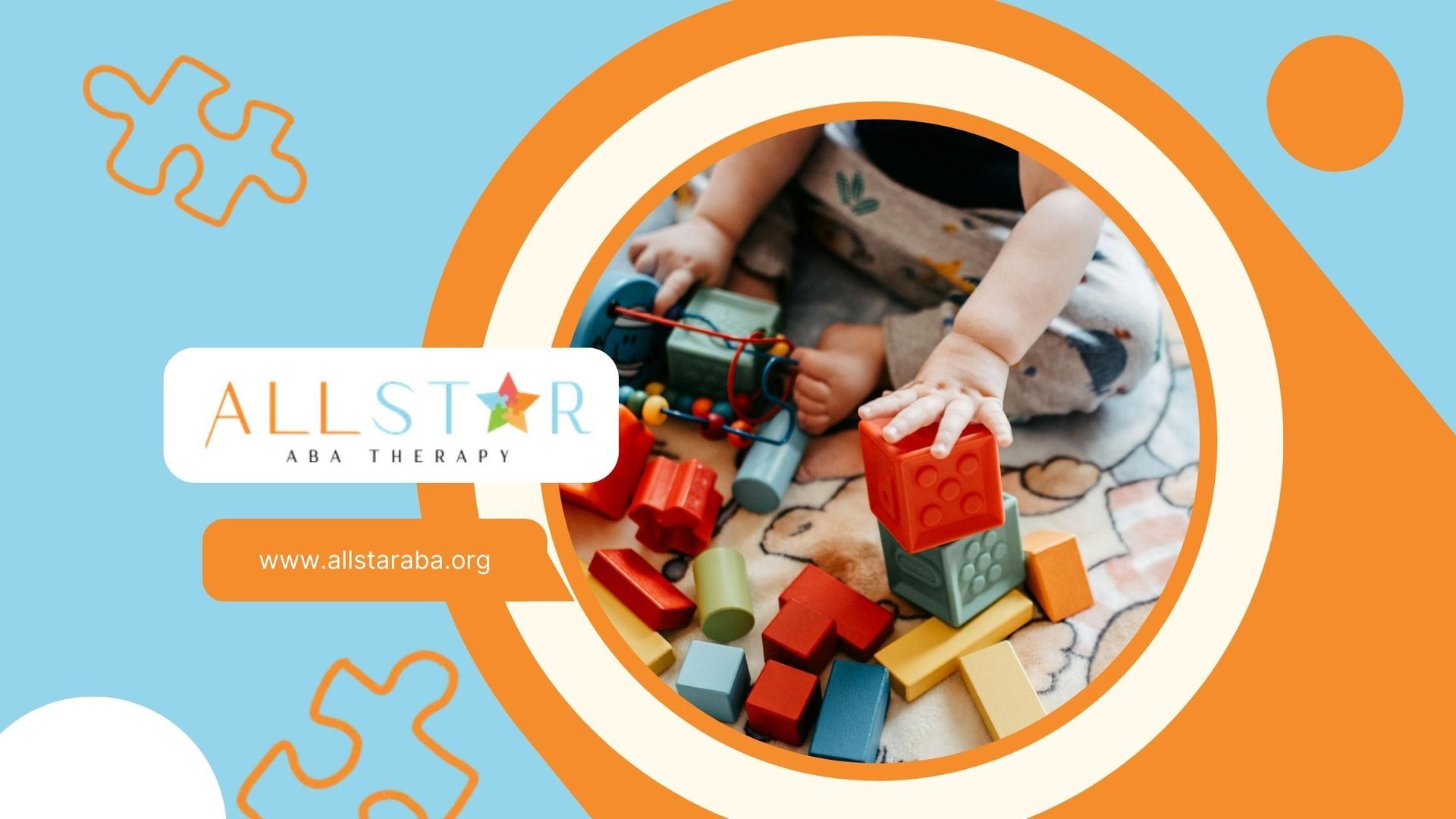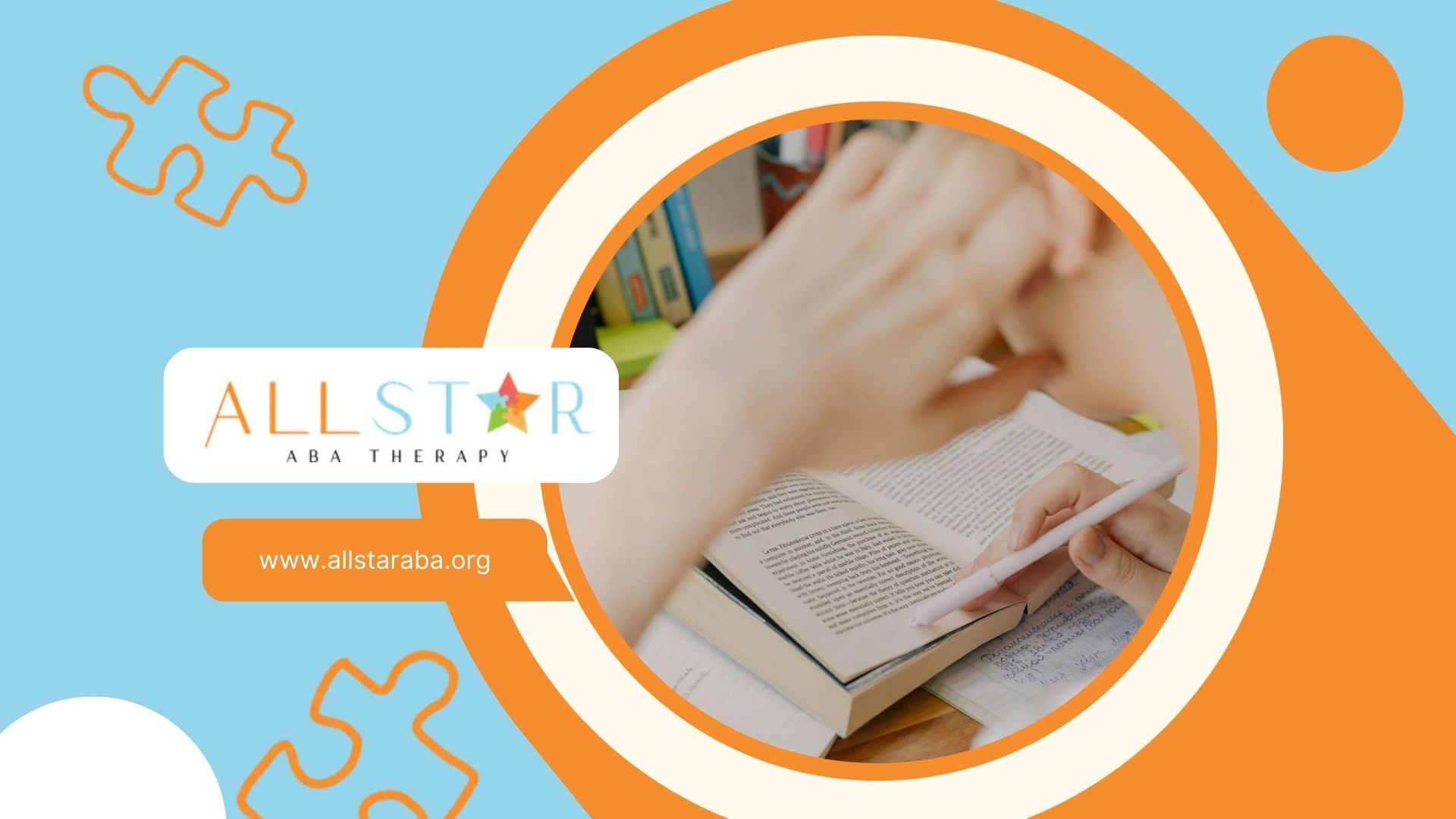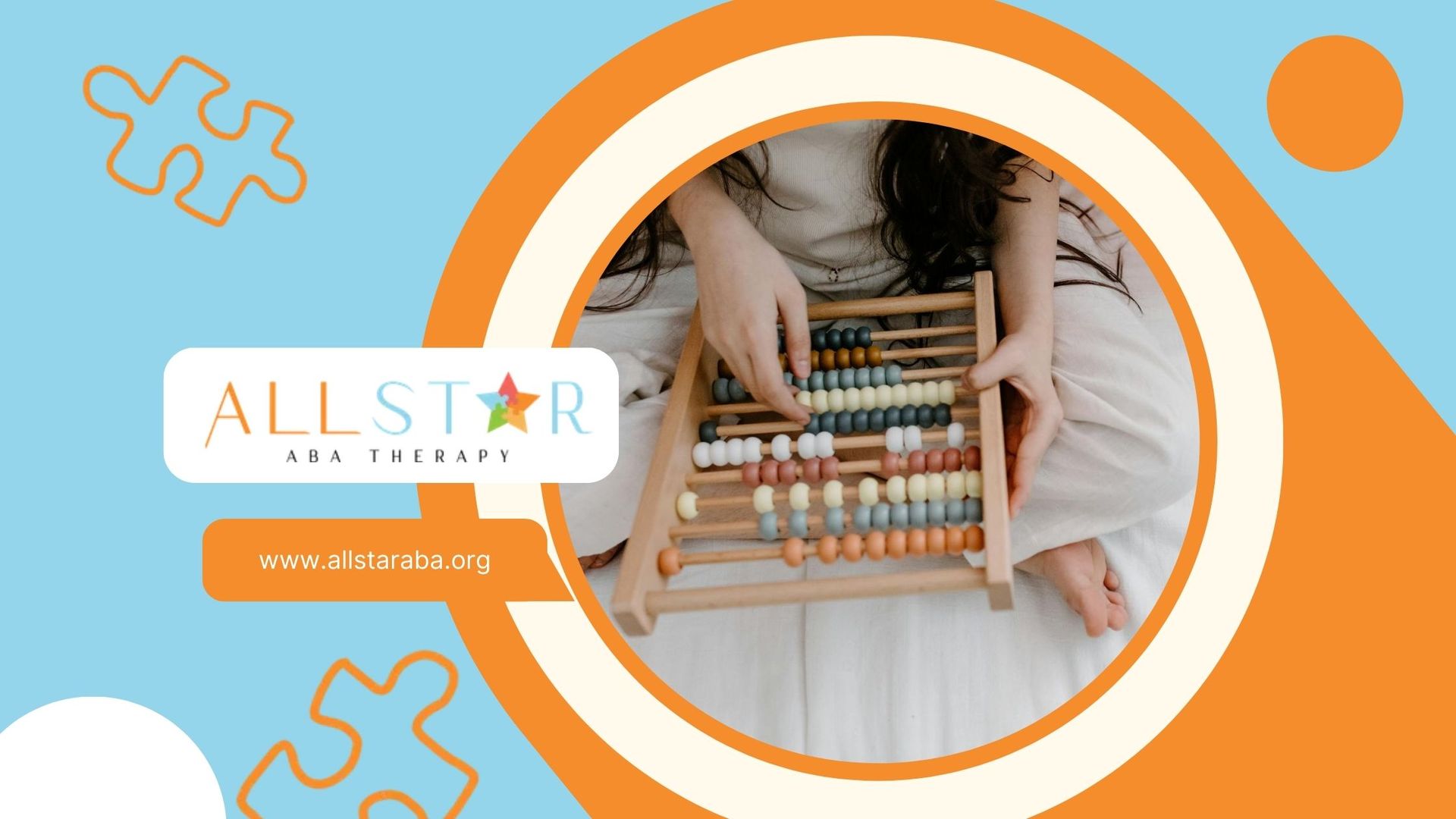New Paragraph
Autism and Different Love Languages
Understanding Love Languages
Love languages are like the secret sauce in relationships, making them richer and more fulfilling. By getting a grip on these love languages, you can seriously up your game in showing and receiving love, making those emotional bonds even stronger.
What are Love Languages?
Gary Chapman, in his book "The 5 Love Languages: The Secret to Love that Lasts," breaks down love into five main flavors: words of affirmation, acts of service, receiving gifts, quality time, and physical touch. Each one is a unique way people feel loved and valued.
- Words of Affirmation: Some folks light up with compliments or sweet words. A simple "I love you" or "You did great" can make their day.
- Acts of Service: For others, actions speak louder than words. Doing chores, cooking a meal, or running errands shows you care.
- Receiving Gifts: Some people feel most loved when they get thoughtful gifts. It's not about the price tag but the thought behind it.
- Quality Time: This is all about giving someone your undivided attention. Whether it's a deep conversation or just hanging out, being present matters.
- Physical Touch: Hugs, hand-holding, or a gentle pat on the back can be the ultimate expression of love for some.
Why Bother with Love Languages?
Knowing your partner's love language is like having a cheat code for a better relationship. When you speak their language, you hit them right in the feels, making them feel truly loved and appreciated.
Studies show that feeling loved and supported is a big deal for healthy relationships. Love languages help meet emotional needs, leading to happier and more satisfying connections. Plus, understanding these languages can help dodge misunderstandings and fights that come from different ways of showing love.
By tuning into love languages, you can make your relationships more meaningful and impactful. It's like having a roadmap to your loved one's heart.
Love Languages and Autism
Now, let's talk about how love languages play out for individuals on the autism spectrum. Everyone's different, and that includes how they give and receive love. People with autism might have unique needs and preferences, so it's important to adapt love languages to suit them.
For example, someone on the spectrum might prefer clear and direct communication, making words of affirmation even more important. Acts of service might be appreciated if they help reduce sensory overload or anxiety. Physical touch might need to be approached with sensitivity, respecting personal boundaries.
By understanding and adapting love languages, you can create a loving and supportive environment for individuals with autism, helping them feel valued and understood.
In the end, love languages are all about making connections that matter. So, take the time to learn and speak the love language of those you care about. It can make all the difference.
Love Languages and Autism
Figuring out how autism and love languages mix can really help us understand how folks on the autism spectrum show and feel love. Gary Chapman’s book "The 5 Love Languages" might give us a starting point, but we need to remember that people with autism have their own unique ways of showing love.
Autism and Love Languages
People with autism often face challenges in social interaction and communication. This can make it tough for them to express and understand love in the usual ways. But that doesn’t mean they don’t have their own love languages. In fact, their ways of showing love might be different from what we’re used to seeing in neurotypical folks.
For example, autistic individuals might have different sensory experiences and could express love through sensory-oriented ways. They might find physical touch comforting and reassuring. Research shows that touch can be a powerful way to communicate and can bring out emotional responses. Some might prefer deep pressure touch or tactile activities to show and feel love.
Unique Ways of Showing Love
People with autism have their own special ways of showing love, based on their experiences and what they like. Since autism is a spectrum, these expressions can vary a lot from one person to another.
Some might find comfort and connection in activities or interests they’re passionate about. Doing these activities together can be a way for them to show love and build relationships. For example, they might share their specialized knowledge, join in on shared activities, or help out with things related to their interests.
Communication is also key in expressing love for autistic individuals. While talking might be hard for some, other forms of communication, like writing or visual systems, can help them share their feelings and connect with others.
Understanding and respecting these unique ways of showing love is crucial for building meaningful relationships and emotional connections. By being open-minded and paying attention to what they like and need, we can create a space where they can express and receive love in ways that feel right for them.
Want to learn more about love languages for autistic individuals and the challenges they might face? Check out our article on love languages for autistic individuals.
The Five Love Languages
Love languages are the ways we show and feel love. Knowing these can make our relationships stronger and more meaningful. For autistic folks, understanding love languages is even more crucial to ensure clear communication and genuine connections. Let's break down the five love languages and why they matter:
Words of Affirmation
If someone thrives on words of affirmation, they feel loved through verbal praise and encouragement. Simple phrases like "I love you," "You're amazing," or "I'm proud of you" can mean the world. For autistic individuals who value this, hearing positive words can be incredibly comforting and reassuring.
Acts of Service
Acts of service are all about actions speaking louder than words. Doing things like cooking a meal, helping with chores, or running errands can show love and support. For autistic individuals who appreciate this, these acts can create a sense of security and care.
Receiving Gifts
Gifts are physical tokens of love and thoughtfulness. They don't need to be expensive; it's the thought that counts. For autistic individuals who connect with this love language, a well-chosen gift can show that you really understand and care about them.
Quality Time
Quality time means giving someone your full attention. For those who value this, spending time together doing activities they enjoy, having deep conversations, or just being present can strengthen your bond. For autistic individuals, this can be a vital way to feel connected and valued.
Physical Touch
Physical touch includes hugs, hand-holding, and gentle touches. For those who appreciate this, it can provide comfort and security. However, it's important to be mindful of sensory sensitivities and personal preferences, especially with autistic individuals.
Understanding which love languages resonate with autistic individuals can greatly improve communication and deepen your connection. It's all about adapting your expressions of love to fit their unique needs and preferences. For more practical tips on using love languages with autistic individuals, check out our article on love languages for autistic individuals.
By embracing these love languages, we can create a more inclusive and loving environment for autistic individuals. Respect their individuality and preferences, and make sure your expressions of love are sensory-friendly and meaningful. For more insights, read our article on autistic individuals and love languages.
Love Languages for Autistic Individuals
Autistic folks have their own special ways of feeling and showing love, which might not always match up with how neurotypical people do it. Getting a handle on these love languages can really help build strong connections and make communication smoother in relationships.
Adapting Love Languages for Autistic Individuals
When thinking about love languages, it's key to keep in mind the sensory quirks and communication styles of autistic individuals. Tweaking love languages to fit their needs can make them feel truly seen and appreciated.
For those on the autism spectrum, sensory-friendly love languages can make a big difference. These focus on sensory experiences that are comforting and enjoyable. Here are some examples:
- Visual Love Notes: Use pictures, drawings, or written notes to show affection and appreciation.
- Non-verbal Cues: Value gestures, facial expressions, or body language as ways to communicate love.
- Sensory Activities: Engage in activities that stimulate the senses, like sensory play, listening to calming music, or anything that provides deep pressure or tactile stimulation.
- Structured Environment: Create routines and a structured setting that gives a sense of security and predictability.
By tuning into these unique love languages, you can build stronger emotional bonds and foster a loving, supportive relationship.
Challenges and Solutions
While adapting love languages for autistic individuals is beneficial, it’s not always a walk in the park. Here are some common hurdles and how to tackle them:
- Communication Barriers: Autistic individuals might struggle to express their emotions or understand others' feelings, making it tough to communicate their love language preferences.
- Sensory Sensitivities: Many autistic individuals have heightened sensory sensitivities, which can make certain love languages overwhelming. For instance, physical touch might be uncomfortable for some.
- Social Interaction Differences: Autistic individuals may have unique social communication styles, affecting how they interpret and understand love languages. This means you might need to tweak how you show and receive love.
To get past these challenges, patience and understanding are your best friends. Here are some tips:
- Open Communication: Encourage honest conversations to understand and respect the individual's preferences and sensitivities. This helps find alternative ways to show love that are comfortable for them.
- Personalized Approach: Remember, every autistic person is unique. Take the time to learn their specific needs and preferences to tailor your expressions of love.
- Flexibility: Be ready to adapt love languages to fit the individual's sensory sensitivities and communication style. This might mean finding new ways to show affection or discovering sensory-friendly activities that promote love and connection.
By recognizing these challenges and finding ways to adapt love languages for autistic individuals, you can create a loving, inclusive environment that supports their unique needs and boosts their overall well-being.
Boosting Communication with Love Languages
Love languages can be a game-changer for making connections and improving communication in relationships. This rings especially true for folks with autism. By figuring out and using their specific love language, you can make social interactions smoother and boost emotional well-being. Let's dive into how love languages can help you communicate better and build stronger bonds.
Speaking Their Love Language
Love languages are like a cheat sheet for understanding how people give and receive love. When you nail down the love language of someone with autism, you can show your affection in a way that really hits home. Remember, everyone’s love language is different, and autistic individuals might have unique ways of expressing and receiving love. So, be patient, keep your eyes open, and be ready to adapt.
To figure out an autistic person's love language, watch how they react to different types of affection. Do they light up with words of praise, acts of kindness, thoughtful gifts, quality time, or physical touch? Their non-verbal cues and reactions can give you big hints. For more tips on this, check out our article on love languages for autistic individuals.
Strengthening Bonds
Once you’ve cracked the code on their love language, you can tailor your expressions of love to match their style. This can help you build stronger connections and make them feel emotionally secure. Here are some tips for using love languages to strengthen your bond:
- Words of Affirmation: Use kind and encouraging words to show love and appreciation. Give genuine compliments, praise their achievements, and offer verbal reassurance. Honest and specific affirmations can do wonders for an autistic person's self-esteem.
- Acts of Service: Show your love through helpful actions. Offer practical help, like cooking a meal, organizing their stuff, or assisting with tasks they find tough. Autistic individuals often value the practical support that acts of service provide.
- Receiving Gifts: Give thoughtful gifts that match their interests and preferences. The value of the gift isn’t about money but the thought and effort behind it. Small gestures can show love and thoughtfulness just as effectively as grand ones.
- Quality Time: Spend focused, undivided time with them. Do activities they enjoy and create moments for shared experiences. Quality time is a great way to connect, bond, and strengthen your relationship.
- Physical Touch: Be mindful of their sensory sensitivities when showing physical affection. Some might prefer gentle touches, while others might be more comfortable with hand-holding or hugging.
By understanding and using the love languages that resonate with autistic individuals, you can create a nurturing environment that fosters emotional connections and promotes well-being. Keep in mind that love languages for autism might differ from those in mainstream literature. For sensory-friendly love languages tailored specifically for autism, check out our article on sensory-friendly love languages for autism.
Practical Applications
Understanding and using love languages can really make a difference in relationships, especially with folks on the autism spectrum. By figuring out how people show and feel love, we can build stronger bonds and communicate better. Let's dive into how to use love languages in everyday life and why it's worth the effort.
Using Love Languages Every Day
Using love languages daily means tuning into how someone likes to give and receive love. It takes effort and a bit of flexibility to meet each person's unique needs. Here are some practical tips:
- Words of Affirmation: Show love with kind words. Compliment them, leave sweet notes, or write a heartfelt letter. Simple, sincere words can mean a lot.
- Acts of Service: Do something thoughtful to make their day easier or more fun. Help with chores, cook their favorite meal, or lend a hand with something they care about.
- Receiving Gifts: Give gifts that show you know them well. It’s not about the price tag but the thought behind it. Pick something that matches their interests.
- Quality Time: Spend time together doing things they enjoy. Have deep conversations, go for a walk, or share a hobby. The key is to be present and engaged.
- Physical Touch: Show affection through touch, like hugs or holding hands. Always respect their comfort level and boundaries.
For autistic individuals, you might need to tweak these approaches. For example, some might prefer sensory-friendly touches like deep pressure massages or hand squeezes. Check out our article on love languages for autistic individuals for more tips on adapting love languages for autism.
Why Understanding Love Languages Matters
Knowing love languages can bring lots of benefits, especially for those on the autism spectrum and their loved ones. Here’s why it’s worth it:
- Better Communication: When you use someone’s love language, communication gets clearer and more meaningful. They feel understood and valued.
- Happier Relationships: Using love languages can boost relationship satisfaction. When people feel loved in ways that resonate with them, their emotional well-being improves.
- Stronger Emotional Bonds: Love languages can deepen emotional connections. They remind us that love comes in many forms, making relationships richer and more fulfilling.
By embracing love languages in everyday life, autistic individuals and their loved ones can build deeper connections and enjoy more fulfilling relationships. It’s a journey of discovery that brings growth and happiness.
Need Support?
We're Here to Help!
Our experienced team is ready to assist you. Reach out today to discuss how we can support your child's development and well-being.
Get started with expert ABA therapy today.
Related posts

All Star ABA delivers the gold standard of care, Applied Behavioral Analysis (ABA) therapy, for individuals diagnosed with ASD, from infancy to age 21.
Quick Links
All Rights Reserved | All Star ABA







